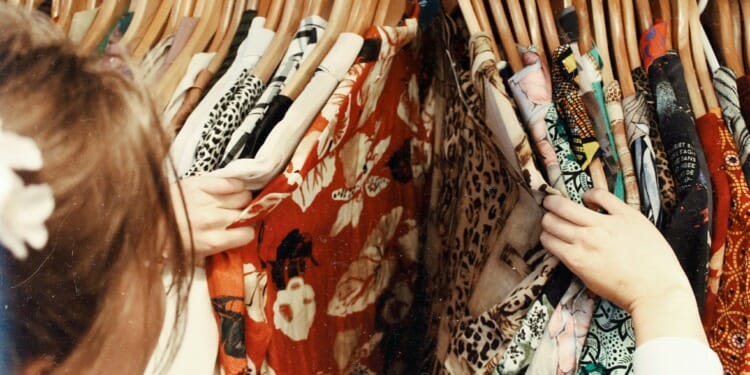‘One man’s trash is another man’s treasure’ is the core philosophy of thrift shopping. Aside from being cost-effective and sustainable, thrift shopping also gives shoppers the opportunity to find unique, rare, and even designer items that you would never find in any fast fashion retailer.
With greater awareness about the devastating effects of the fast fashion industry, more and more people say they are open to shopping secondhand. ThredUp’s latest 2021 market trends report expects the total secondhand clothing market to grow to almost twice the size of fast fashion by 2030.
Driving this change are young shoppers who are adopting secondhand fashion faster than any other age group. In 2019, 40% of Gen Z said they prefer to shop secondhand over fast fashion; in 2021, 53% of millennials and Gen Z say they plan to spend more on second hand items in the next 5 years.
If you’re new to thrifting, consider the following a guide as you embark on your new shopping journey.
1. Know what you want
Make a plan of what you are specifically looking for in order to be as efficient as possible. Are you in the market for graphic tees? Go straight to the tee shirt rack so as not to distract yourself, and look at the pieces thoroughly. Thrifting can be an exciting way to discover new items, but that doesn’t mean they’re practical or crucial to your wardrobe.
2. Know your size and what looks good on you
Take measurements beforehand so you don’t have to try on everything you pick out. Remember that thrift markets often don’t have changing rooms! Consider your shape and know what is most flattering for your figure, whether its a high-waisted pair of trousers or boxy jacket. This quiz from Nordstom Trunk Club is useful for understanding your body type and then you can take a look the variety of men’s pants offered at https://www.unionbay.com/collections/men-pants.
3. Be realistic
It’s easy to get carried away and be tempted to buy pieces just for their novelty and price. Take for example a sparkly Christmas jumper, or towering platforms – cool and fun, but maybe not necessary. Unless you see yourself wearing them regularly, you should move on or you risk amassing items that you’ll never end up wearing. Remember, novelty doesn’t mean necessity.

4. Give yourself time
Make sure you’re setting aside time to really sink your teeth in. Thrifting doesn’t spoon feed you like high-street stores do, with racks of identical items on display. You need to carefully and methodically sift through the mounds of clothing to get the most out of your shopping experience and, hopefully, find that item that’s just for you! Remember, there’s only one of everything in secondhand stores.
5. Donate your clothes
If you have any clothes you don’t wear anymore, you can donate them to make room for the items you are about to thrift. Wash them, bag them, and take them to your favorite secondhand store.
Finally, remember that being a sustainable and ethical consumer means reducing what you buy, even it’s cheap and secondhand. It also means that those who rely on charity shops for affordable clothing have a better chance of accessing what they need and do not end up being priced out.
Editor’s Note: The opinions expressed here by Impakter.com columnists are their own, not those of Impakter.com. — In the Featured Photo: Sifting through vintage shirts. Featured Photo Credit: Becca McHaffie










